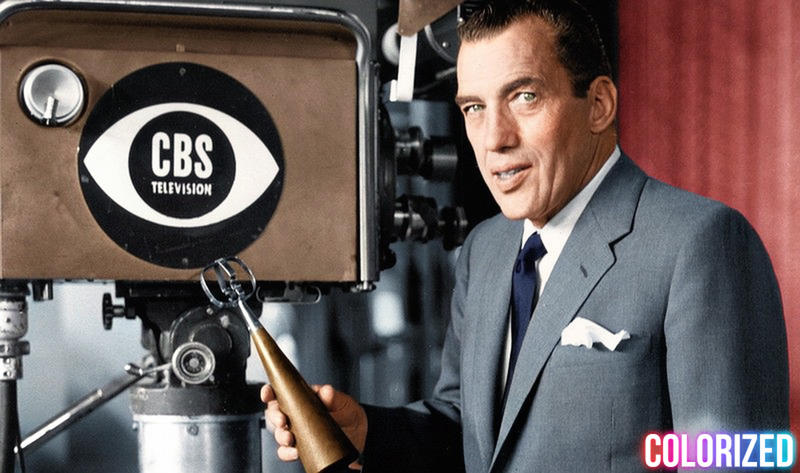
There was a time when television wasn’t just entertainment—it was an event. Families gathered around glowing screens to catch the latest episodes of groundbreaking shows that brought humor, heart, and a little bit of mischief into our homes. This was TV’s golden era, a time when charismatic stars and unforgettable characters reigned supreme. From sitcoms that still make us laugh to dramas that set the standard for storytelling, these shows weren’t just part of the schedule—they were part of our lives. Let’s tune in to the past and relive the magic of television’s finest moments.

Did you know that The Rifleman, which ran from 1958 to 1963, was the very first network television series to feature a single parent who was raising a child alone? In the show, Chuck Connors played Luke McCain, a widower with a young son and a special modified Winchester rifle. He raised his son on a New Mexico ranch and used his sharpshooting skills to keep peace in the region. In the original script, the title character did not have a child. The show’s producer, Arnold Laven, suggested adding a layer of complexity to the character by making him a widowed father. One of McCain’s character traits was his high moral standard so including a child provided a reason for this trait.
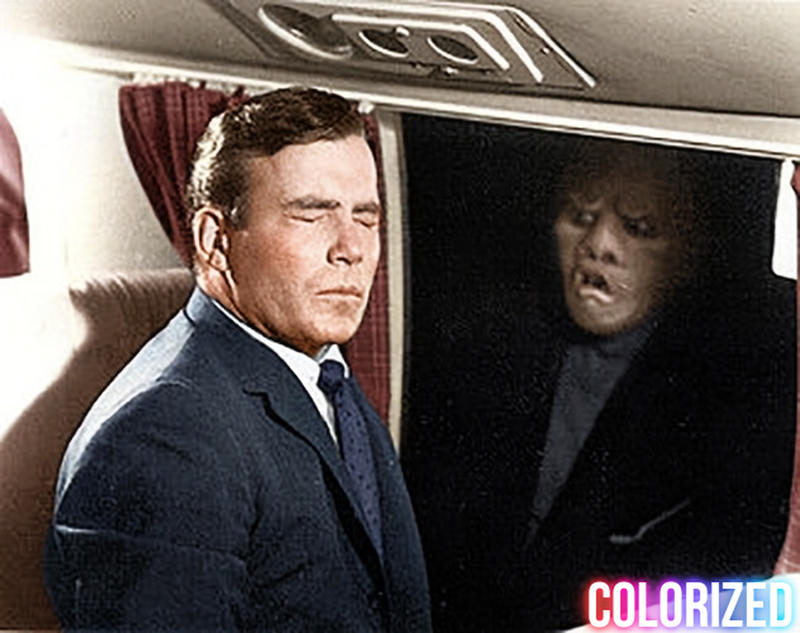
The Outer Limits, a scary, psychological thriller-type anthology television series, is often confused with The Twilight Zone. It is easy to see why. Both shows follow an anthology format and both include stories of the supernatural. The Outer Limits ran from 1963 to 1965. When the series ended, many of the writers, cast, and crew immediately went to work on a new sci-fi series, Star Trek. Both Leonard Nimoy and William Shatner, who had appeared on The Outer Limits, were cast in Star Trek. Even a number of the scary monsters that were created for The Outer Limits showed up again in Star Trek. The make-up artists working on Star Trek even learned how to do the pointy ear technique from The Outer Limits.
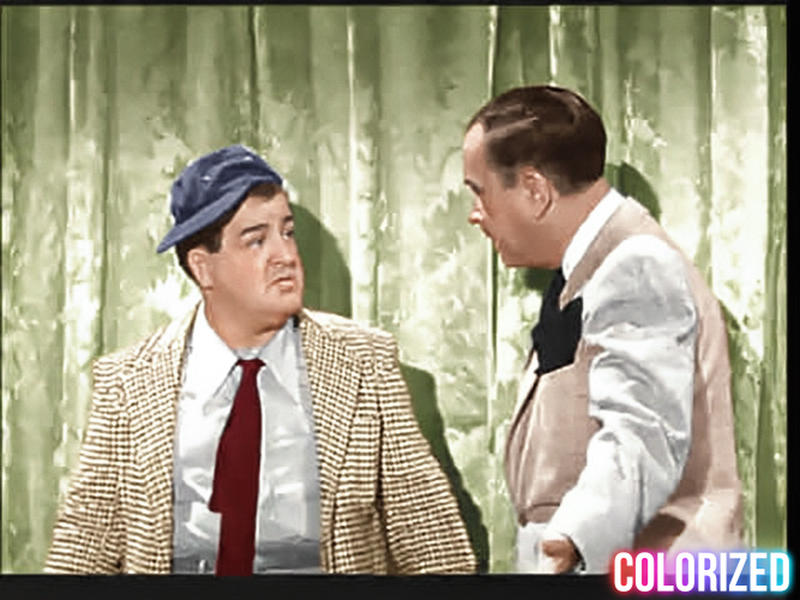
When The Abbott and Costello Show debuted in the early 1950s, Lou Costello was in his mid-fifties. Despite this, he did nearly all of his own stunts on the show, which was known for its slapstick humor. Costello had been quite athletic in his youth. During the silent movie era, long before he partnered with fellow comedian Bud Abbott, Costello even worked as a Hollywood stuntman. He was well-versed in the techniques of stuntmen. There was one issue, though. Back in the winter of 1943, Costello embarked on a tour of US Army bases overseas. When he returned, he was stricken with a severe case of rheumatic fever. The painful muscles and joints left him nearly immobile. He was unable to work for six months while he slowly recovered. Later, during the filming of The Abbott and Costello Show, he suffered a relapse of the rheumatic fever.

TV’s The Addams Family, the macabre, gothic kooks that graced the small screen from 1964 to 1966 was based off a popular comic strip that began appearing in The New Yorker in 1938. The comic strip was the brainchild of cartoonist Charles Addams. But did you know that Addams’ original comic strip never had a name? Neither did any of the characters? When David Levy decided to turn the comic strip into a television series, he chose the name The Addams Family as a homage to Addams. Levy reached out to Addams for his suggestions on the names of the characters. Morticia, a variation of ‘mortician’, was an obvious choice for the mother. As for the father, Addams offered two suggestions, Gomez or Repelli. Daughter Wednesday’s name was taken from the “Monday’s child” poem in which it states, “Wednesday’s child is full of woe.” Addams suggested the son be named “Pubert” but the network thought this sounded too close to ‘puberty,’ a word that wigged people out in the 1960s. “Pugsley” was selected instead.
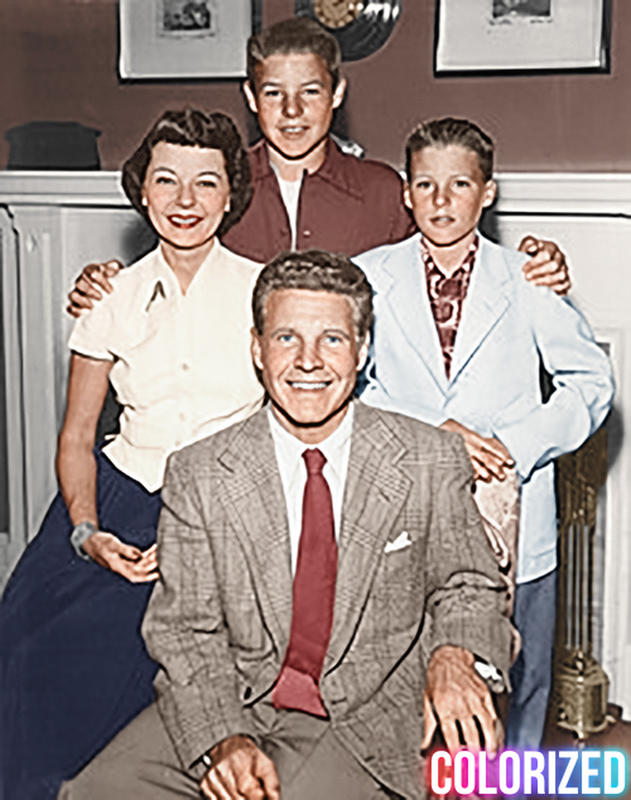
Ozzie and Harriet Nelson were already America’s favorite couple from their vaudeville and radio days when they took their family’s reality show to the small screen. In today’s world of reality television and oversharing on social media, we are beginning to understand how psychologically damaging it can be for children to grow up in front of TV cameras, therefore there are many people who take issue with how Ozzie Nelson used his two young sons on his radio and television versions of The Adventures of Ozzie and Harriet. The boys, David and Ricky, grew up in the public eye, essentially broadcasting all their childhood experiences and personal struggles to the audiences.

The TV sitcom, Bachelor Father, starring John Forsythe, debuted in 1957 and is notable for being the only primetime television show to run back-to-back on all three of the major television networks, ABC, NBC, and CBS. But the series, which follows the exploits of a confirmed bachelor who is suddenly tasked with raising his teenage niece, has also been praised for being the first television show that featured Asian American characters in major roles. Comedian Sammee Tong played the houseboy and Victor Sen Yung played Uncle Charlie. Both characters played major roles in series and shows the 1950s television audience that Asian Americans were no different than anyone else.
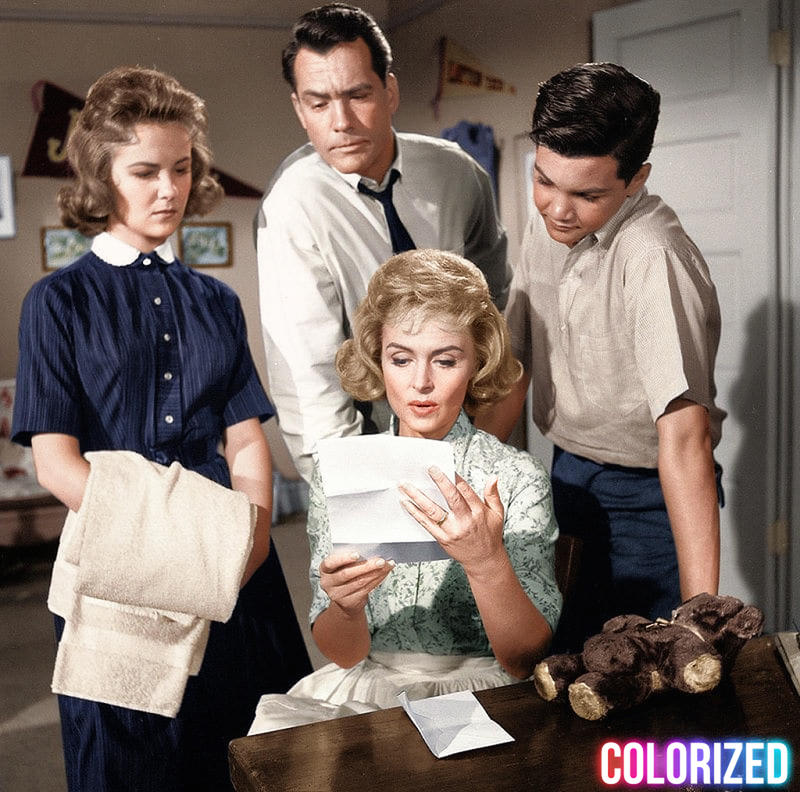
The Donna Reed Show was a 1950s favorite, but did you know that it was unique in the family sitcom genre in that the show centered around the mother character, not the father character. In the past, the father of television families was always the central character, perhaps because of the patriarchal 1950s culture. But on The Donna Reed Show, the star of the show was Donna Stone, played by actress Donna Reed. Reed, however, wasn’t always comfortable being the center of attention. Since she wrote many of the episodes of the show, she was able to make sure that other characters had their time in the spotlight.

Just like the hit animated series, The Simpson, the wholesome 1950s series Father Knows Best was set in a town called Springfield. And like The Simpsons, the audience never really knows which state the town is in. When it comes to Father Knows Best, however, there are some clues that seem to indicate that Springfield in question is in Illinois. In various episodes, there is mention of someone coming from Chicago, there is a wedding in Milwaukee, and in one episode, Bud’s homing pigeon ends up in Rockford. All of these are relatively close to Springfield, Illinois.
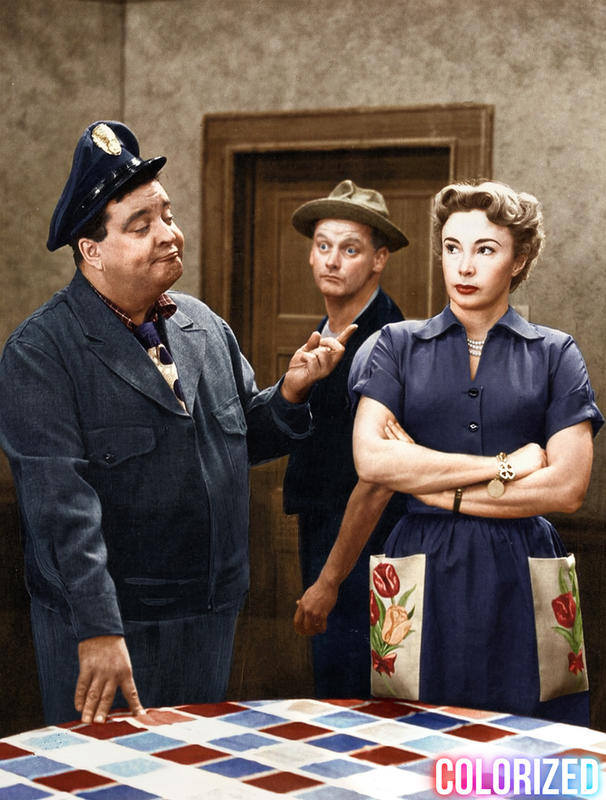
The Honeymooners, which debuted in 1955, starred Jackie Gleason, Art Carney, Audrey Meadows, and Joyce Randolph as two married couples. When all was said and done, however, Audrey Meadows raked in more royalties than her co-stars, thanks to her forward-thinking manager. In the mid-1950s, television reruns weren’t really a thing. But Meadows’s manager believed reruns would have a profound impact on the television industry. On his advice, Audrey Meadows had a line inserted into her contract that stated that she would be paid royalties if the show was rebroadcast in the future. None of her co-stars thought to include this in their contracts. In fact, almost no one did at that time, but is now standard in television contracts. Because of Meadows’s astute manager, she continued to receive royalties from The Honeymooners long after the show ended.
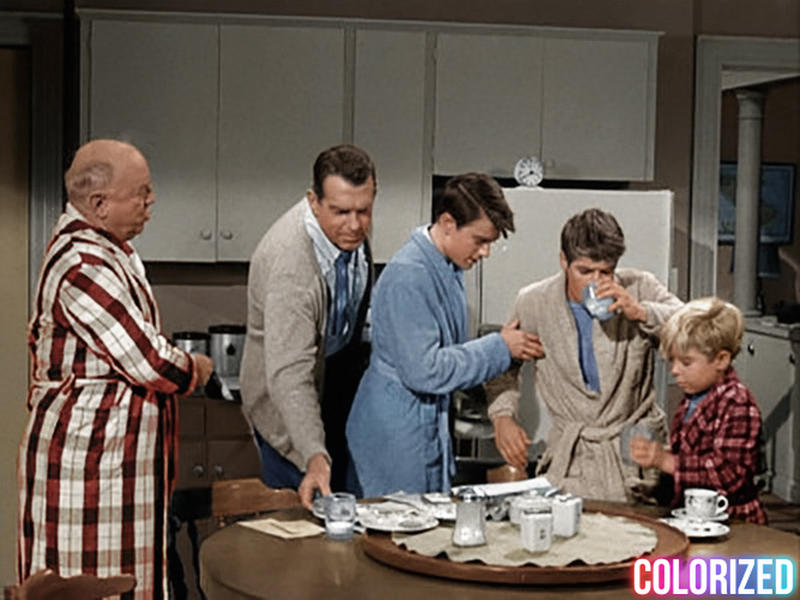
Did you know that Fred MacMurray, who played Steve Douglas on the long-running television series My Three Sons, worked out a great arrangement with the studio before signing a contract? MacMurray leveraged his star-power status as Hollywood’s highest-paid entertainer of 1943 in a television contract that stipulated he could only work 65 days per session with a ten-week break in between. This unusual arrangement was great for MacMurray but not so great for the director and the rest of the cast. MacMurray’s extended absences created some challenges. Scenes for multiple episodes had to be shot ahead of time, when MacMurray was available. That caused there to be numerous, albeit minor, continuity goofs in the series that didn’t go unnoticed by fans.
